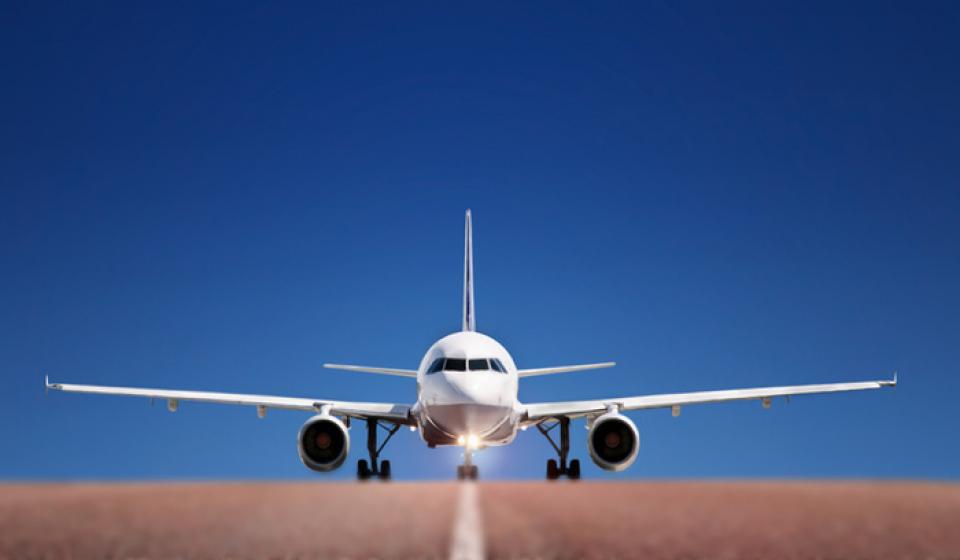The world's airlines have scheduled 4% more capacity on 2.5% more flights in November 2011, marking six consecutive months of growth compared to the same period last year, according to the latest statistics from OAG, a UBM Aviation brand.
The OAG FACTS (Frequency and Capacity Trend Statistics) report for November reveals that 59,639 more scheduled flights offering 11 million more seats will operate this month, totaling 312.7 million seats on 2.4 million flights. Capacity growth continues to be driven by 'next-generation' aircraft, such as Boeing's 747-8 Intercontinental and Airbus' A380 jetliner, which carry more passengers than the older models that are being replaced. Average seats per flight in November total 126, compared to 125 a year ago.
Regionally, Asia Pacific remains the largest aviation market overall, with 35.6% share of worldwide seat capacity.
The intra-Asia Pacific region also retains its leading position in total seat volumes, growing 8% to nearly 96 million seats in November 2011 compared to November 2010, comprising 30.6% of the worldwide seat share.
Intra-North America is the second-highest seat volume region, at 23%, but recorded a decline of 2.1% versus the year-ago period. 'To/From Africa,' 'Within North America,' and 'Within Europe' all registered a decline in frequency of 6.0%, 2.7%, and 0.6% respectively compared to the same period last year.
"Economic instability and political unrest have begun to hamper both business and leisure travel demand in the U.S., Europe and Africa, and we expect to see ongoing declines in seat and frequency growth rates in these regions compared to the worldwide average," said Peter von Moltke, Chief Executive Officer, UBM Aviation.
He said however history is in the making in Asia -- an incremental 2.9 million seats were added by just 6 airports year-over-year in November. The possible impact of an economic crisis aside, the increasing travel demand to, from and within Asia Pacific and other developing countries will sustain the industry's overall growth for a long time to come, he said.
In November 2011, Low Cost Carriers have a worldwide schedule capacity share of 24% -- a marginal 1% improvement over the previous year, driven by slowing growth in Europe and North America.
However, LCCs' worldwide share of capacity and frequency has more than doubled in less than a decade, growing from 10% capacity share in November 2002 to 24% in November 2011, and 8% frequency share in Nov. 2002 to 20% this month.
The Middle East, Central & South America, and Asia Pacific continue to lead LCC seat capacity growth, posting 20%, 18.5% and 17.1% increases respectively over November 2010.
The world's busiest airport (by passenger traffic), Atlanta, saw a 3% decline in schedule frequency and 1% decline in seat capacity. Beijing, second in passenger traffic volume, is catching up with 1% and 3% growth in schedule frequency and seat capacity respectively.
London Heathrow remains the third-busiest passenger airport in the world, recording a marginal decrease in schedule frequency but a marginal increase in seat capacity.
A more detailed review of OAG FACTS statistics for November 2011 - including information, commentary and charts about specific airports, routes, countries and regions worldwide - is available to download now at http://www.oagaviation.com/OAG-FACTS/2011/November-Executive-Summary.
OAG FACTS provides a visual snapshot of airline activity around the world, updated monthly. It uses interactive graphs to display 10-year performance trends, sourced from OAG's consolidated database of global airline schedules.
More at MarketWatch/PRNewsWire


